6 Deep Breathing Exercises Of Pranayama For Good Oxygen Levels
Practice mindful breathing to improve your overall health with these exercises.
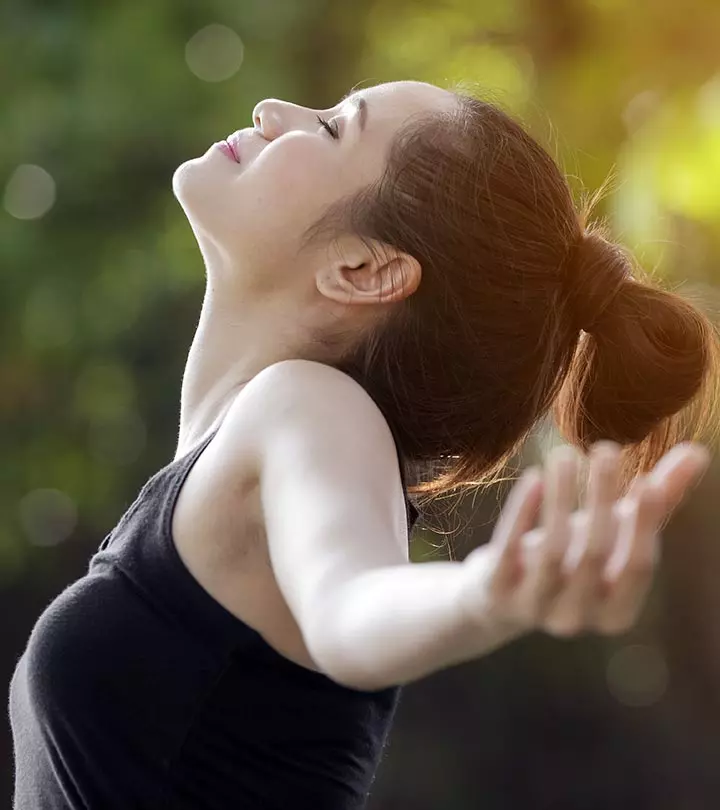
Image: ShutterStock
Breathing healthy is living healthy! As you age, your breath tends to shorten, impacting your health in many ways. Well, there is a way out – deep-breathing exercises. Wondering what they are? In this article, we bring you the five best deep breathing exercises that help improve your breathing and promote good health and wellness. We shall also discuss the proper way to do them, and their overall benefits.

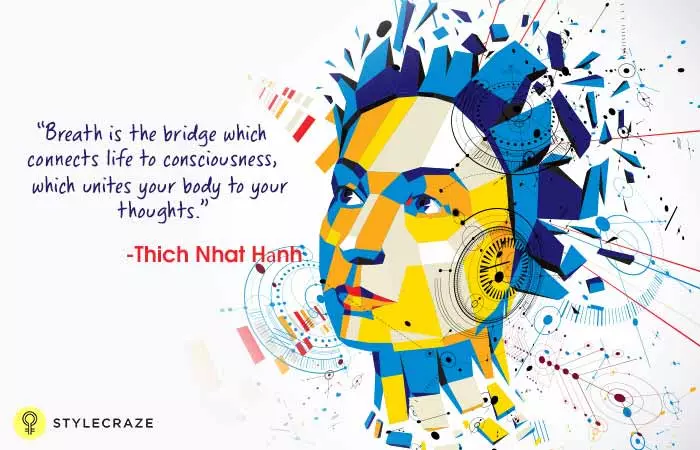
But before we head forward, let us look at the ins and outs of breathing exercises, also known as ‘Pranayama.’ Scroll down!
In This Article
What Is Pranayama?
Pranayama is the yogic practice of controlled breathing. It is a Sanskrit word that consists of two words – Prana and Yama. ‘Prana’ means breath, and ‘Yama’ means control. It is a process of conscious breathing that emphasizes on deep breaths. Over time, your breathwork tends to become short and shallow, which does no good for the body. There is enormous healing energy in the air we breathe. The more we take it in and fill in our lungs, the better. Pranayama is a way to do that with certain specific rules.
You can control the life energy within you through Pranayama and attain a healthy body and mind. The yogic sage Patanjali mentions Pranayama in his text ‘Yoga Sutra’ as an ideal means to attain Samadhi, the highest state of meditative consciousnessi Refers to inner wakefulness or a state of mind when the individual is aware of their surrounding. . It takes energy into your body and flushes out the waste from your body and mind. The Pranayama process involves retention of breath in the body along with inhaling and exhaling. Retention of breath helps in increasing the energy of your body and distributing it throughout your body.
Pranayama has many more benefits that can improve your health and increase your vitality. In the next section, let’s take a look at all the benefits it can offer.
Key Takeaways
- Bhastrika Pranayama is a powerful yoga technique for cleansing the sinuses.
- Kapalbhati Pranayama can help reduce acidity and gas in the stomach, while also supporting liver function.
- Anulom Vilom is a popular yoga practice to treat asthma and diabetes.
- Bahya Pranayama can help prevent constipation and tackle gas problems.
Health Benefits Of Deep Breathing
Deep breathing techniques offer many health benefits like
- Stress reduction
- Concentration enhancement
- Improvement in lung capacity
- Betterment of emotional health
- Health and mind relaxation
- Healthier immune system
This graph from a 2025 study published in Frontiers in Psychology shows how 6 breaths per minute increase heart rate variability (HRV) in comparison with a soothing rhythm. SDNN (standard deviation of NN intervals) considerably increased while practicing 6 breaths per minute and soothing rhythm breathing conditions. This suggests integrating breathing techniques improves heart rate variability.

Integrating Breathing Exercises In Psychotherapy For Improved Heart Rate
Source: Integrating Breathing Techniques Into Psychotherapy to Improve HRV: Which Approach Is Best?Sarah Aboulhosn, a lifestyle blogger, talks about how mindful breathing has been life-transforming for her. “A daily breathwork practice can benefit the mind, body, and spirit through a whole-body approach. It’s helped me to reach a deeper state of mind and to stay focused on tasks longer. It is also a wonderful tool for creating a better sense of self-awareness (i),” she writes.
Dennis Hambeukers, a tech and lifestyle blogger, uses the motivational speaker Wim Hof’s breathing techniques for heightened oxygen levels. He notes, “The breathing exercise of Wim Hof is pretty basic. Later I discovered a whole array of other breathing techniques in the pranayama of yoga, but these first exercises I learned from Wim Hof are really powerful. He uses extreme deep breathing to overload your blood with oxygen. You get high on oxygen. After each round of deep breathing exercises, you can hold your breath for minutes because the body has enough oxygen so you do not have to breathe (ii).”
 Did You Know?
Did You Know?Sounds exciting and powerful, isn’t it? Read on to find out how to do it.
Essential Deep Breathing Techniques Of Pranayama
Pranayama consists of a set of breathing techniques that alter the breath to produce certain beneficial results. Following are some of them.
- Bhastrika Pranayama (Bellows Breath)
- Kapalbhati Pranayama (Skull Shining Breath)
- Bhramari Pranayama (Bee Breath)
- Anulom Vilom (Alternate Nostril Breathing)
- Bahya Pranayama (External Breath)
- Pursed Lip Breathing
1. Bhastrika Pranayama (Bellows Breath)
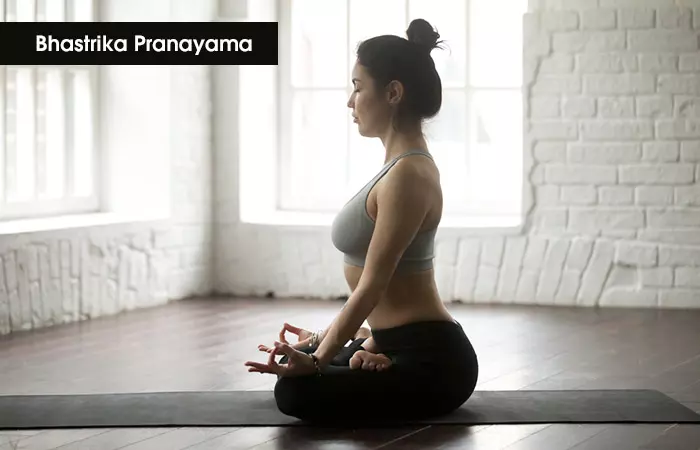
Bhastrika Pranayama or the Bellows Breath is a powerful yoga breathing exercise. It is a cleansing kriya that clears your nadis, nostrils, and sinuses and prepares you for deep breathing. Bellows Breath is also an effective yoga breathing technique for weight loss. Another amazing thing about this exercise is that it energizes your body. So, the next time you feel dull and lifeless, instead of reaching for a coffee, try Bhastrika Pranayama.
How To Practice Bhastrika Pranayama
- Sit in the Lotus Position with your back straight.
- Take a deep breath through your nose, filling your lungs with air. Then, breathe out in the same manner. Do this a few times to settle your head.
- After that, begin to exhale quick breaths through your nose forcefully. Follow it up by inhaling in the same manner.
- Practice diaphragmatic breathing, meaning, your breath should come from your diaphragm and your belly must move in and out as you breathe. The rest of your body should be still.
- Do a round of bellow breathing, following it up with natural breathing, and then go for the next round. As you breathe naturally, observe the sensations in your body and mind.
- Do at least 3 rounds of Bhastrika and end the session.
Benefits Of Bhastrika Pranayama
- Bhramari Pranayama treats hypertension, reduces anger, and provides anxiety relief
- It calms your mind and keeps allergies at bay
- The breathing exercise brings breath awareness and improves your heart health
- It treats the common cold and is good for your immune system
- It brings tranquility, calmness, and peace to your mind
2. Kapalbhati Pranayama (Skull Shining Breath)
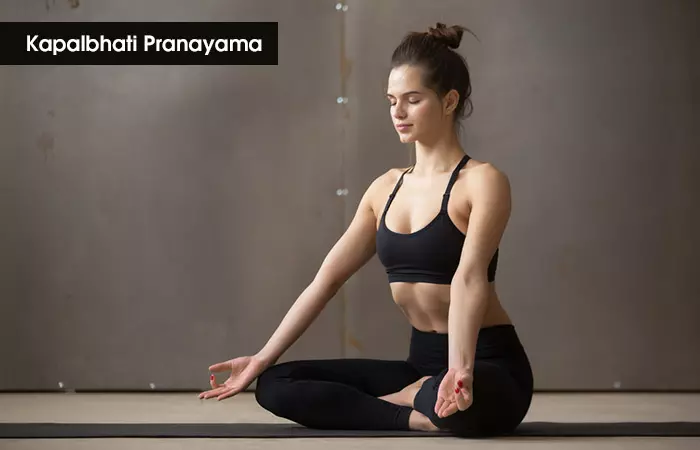
Kapalbhati Pranayama or the Skull Shining Breath is a breathing technique that will give you a shining head and a bright intellect with regular practice. It is a ‘shat’ kriya that flushes out toxic air from your body. The word ‘Kapalbhati’ means shining head. ‘Kapal’ means forehead and ‘Bhati’ means shining. Let’s check out how to get one below.
How To Practice Kapalbhati Pranayama
- Sit in Sukhasana and place your palms on your knees. Focus on your belly region.
- Inhale deeply through your nose, filling your lungs with air. Breathe in calmly and consciously.
- Pull your stomach in towards your spine. Place your hand on the stomach and feel the muscles contracting.
- As you relax from the contraction, exhale in a short and quick burst. There will be a hissing sound while you do so. There is automatic inhalation following that.
- Practice one round of Kapalbhati that consists of inhaling and exhaling 20 times. After one round, close your eyes in Sukhasana and observe your body.
Benefits Of Kapalbhati Pranayama
- Kapalbhati improves the functioning of your liver and kidneys
- It gets rid of dark circles and reduces eye strain
- The process calms your brain and rejuvenates your body
- It eliminates acidity and gas-related problems
- The breathing technique improves your memory and concentration power
3. Bhramari Pranayama (Bee Breath)
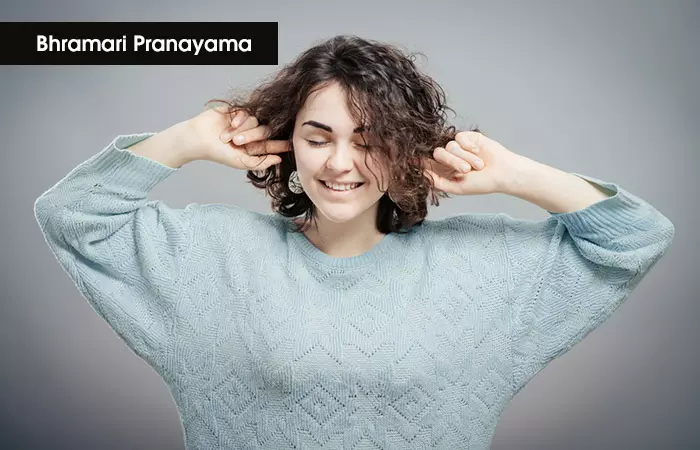
Bhramari Pranayama or the Bee Breath is named after an Indian black bee called the Bhramari. It is a simple breathing technique that can be practiced anywhere as a quick solution to de-stress. The exhalation during this process is similar to the humming of a bee, which explains its name.
How To Do Bhramari Pranayama
- Sit straight in a position of your choice. Keep a gentle smile on your face
- Close your eyes and observe your body
- Place your index fingers on the cartilage between your cheeks and ears
- Take a deep inhalation. While you exhale, press the cartilage with your index fingers and make a humming sound similar to a bee
- Continue the same breathing pattern for a couple of times
Benefits Of Bhramari Pranayama
- Bhramari Pranayama treats hypertension and reduces anger and anxiety
- It helps reduce migraines and build confidence
- It reduces blood pressure and is good for Alzheimer's diseasei A progressive neurological condition where the brain cells die and affect mental abilities, including memory.
- The technique calms your nerves and reduces frustration
- It gives you a clear voice and reduces throat problems
4. Anulom Vilom (Alternate Nostril Breathing)
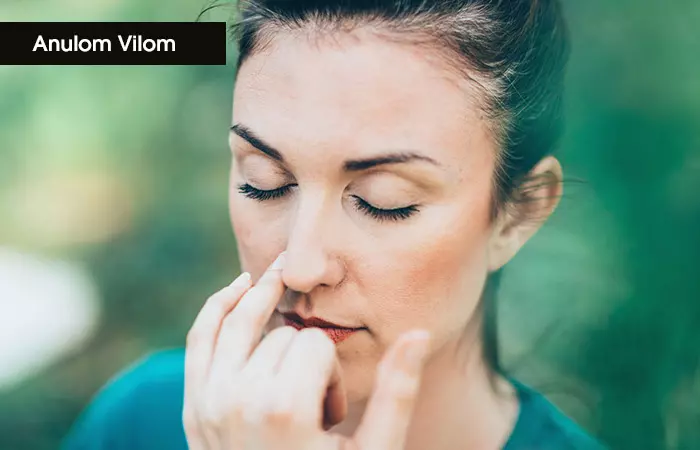
Anulom Vilom or Alternate Nostril Breathing is a technique through which nadis, energy passages in your body, are cleared. Through Anulom Vilom’s alternate breathing pattern, the right and left nadis are cleansed, stimulated, and balanced. It is believed to be one of the best breathing exercises for stress and anxiety. Let’s check out how to do that.
How To Practice Anulom Vilom
- Sit in Padmasana, Sukhasana, or Vajrasana. Keep your back straight and your chin slightly tucked in towards your chest. Close your eyes.
- Place your left palm on your left knee and let it face upwards in the Gyan mudra.
- Lift your right hand and place your right thumb on the side of your right nostril. Inhale deeply, slowly, and silently through your left nostril.
- After inhalation, press the little finger of your right hand on the side of your left nostril. Exhale through your right nostril – slowly, deeply, and silently.
- Then, inhale through the right nostril. Press the side of your right nostril with your right thumb and exhale through your left nostril. That completes one round of Anulom Vilom.
- Do about 5 rounds initially, and then increase it as per convenience.
Benefits Of Anulom Vilom
- Anulom Vilom enhances your overall health
- It streamlines your metabolism and controls diabetes
- It reduces arthritisi A disease of the joints that causes pain, inflammation, and stiffness and may affect the range of motion. and sinusitisi Inflammation of the sinuses (cavities around the nasal passage) caused by infection and extra growths (polyps).
- The technique solves eye and ear issues
- It helps cure allergies and asthma
 Did You Know?
Did You Know?5. Bahya Pranayama (External Breath)
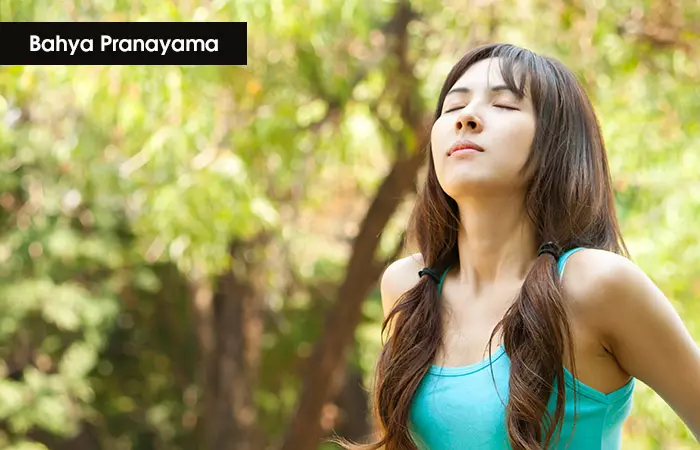
Bahya Pranayama or the External Breath is named so as it involves retaining the breath after exhaling. As the breath is kept out, it is called the External Breath. ‘Bahya’ means external. It is a three-step process of inhaling, exhaling, and retaining the breath. It is a vital breathing technique. Keep reading to know how to do it.
How To Practice Bahya Pranayama
- Sit straight in Padmasana or Vajrasana
- Inhale deeply and exhale completely
- Hold your breath there while you pull your stomach up and drop your neck towards your chest, while lifting the chest to the chin. Hold on to this position for 5 to 10 seconds. Then, inhale deeply and release your chin and stomach.
- Repeat this process for about 5 minutes
Benefits Of Bahya Pranayama
- Bahya Pranayama cures herniai A medical condition where the organ protrudes through an opening in the surrounding wall or muscles that hold it. and acidity
- It cures urinary and reproductive problems
- It increases concentration and helps attain enlightenment
- The technique prevents constipation and gastric problems
- It cures diabetes and prostate related problems
6. Pursed Lip Breathing
This is a breathing technique where you inhale through your nose for a few seconds and then exhale slowly through your pursed lips, as if you are blowing out a candle. This technique is often used to improve breathing patterns. Scroll down to learn how to perform this exercise.
How to Practice Pursed Lip Breathing
- Sit comfortably as you keep your back straight.
- Inhale slowly through your nose for two counts.
- Pucker your lips as if you’re about to blow out a candle and exhale gently through your pursed lips for four counts.
- Focus on making your exhalation twice as long as your inhalation.
Repeat this process for 5 minutes.
Benefits of Pursed Lip Breathing
- Strengthens the respiratory muscles, improving lung capacity and oxygen exchange.
- Manages breathlessness, especially in individuals with respiratory conditions like COPD.
- Promotes relaxation by reducing stress and anxiety.
- Enhances endurance during physical activities by optimizing oxygen intake.
- Encourages mindful breathing, improving concentration and mental clarity.
The yogic discipline of Pranayama is the regulation of one’s breath. It is a method of mindfulness that focuses on taking deep breaths.
Your breathing becomes short and shallow over time, which is bad for your health. The Pranayama breathing exercises mentioned above can help you improve your breath control.
Infographic: Precautions For Pranayama
Practicing pranayama is beneficial for maintaining a healthy lifestyle. But it is also essential to note certain precautions before starting deep breathing yoga exercises. They help prevent falling ill or getting injured. So, check out the infographic below to know all the measures you should consider while practicing pranayama.
Some thing wrong with infographic shortcode. please verify shortcode syntax
In addition to breathing and exhaling, the Pranayama technique involves holding the breath in the body. Retention of breath aids in increasing your body’s energy and distributing it throughout your body. Pranayama allows you to control your life energy and achieve a healthy body and mind.
Frequently Asked Questions
What is the best time to practice deep breathing exercises?
Deep breathing exercises are most effective when performed in the morning to start the day off on a positive note, during breaks to relieve tension, and right before bed to promote relaxation and improve the quality of your sleep.
How long should I practice deep breathing?
For the best results, you should practice deep breathing for five to ten minutes each session. But even a few deep breaths throughout the day may help focus and reduce stress, so you can modify the amount of time to suit your needs and schedule.
Why is breath significant?
Breath makes you aware of your body. It keeps your body together. Your body runs on the energy and life provided by the breath.
How does Pranayama help attain enlightenment?
Pranayama cleanses your internal system and makes you pure in thought and action. Paired with deep meditation, it can help you to realize your true identity, connecting you to universal energy and making you feel enlightened.
How many times a day should you do deep breathing exercises?
You can do deep breathing exercises around 3 to 4 times daily.
Can I do deep breathing all the time?
Yes, you can do deep breathing whenever you want. It is a relaxation technique and helps with a mindfulness-based stress reduction.
What is the 4-7-8 breathing method?
The 4-7-8 breathing method is based on pranayama breathing exercises. Inhale through your nose while counting to four. Then, hold your breath, count to seven, and exhale through your mouth, making a whoosh sound.
Is deep breathing good before bed?
Yes, deep breathing is good before bed, as it may calm your mind and promote better sleep.
Illustration: Deep Breathing Exercises Of Pranayama For Good Oxygen Levels
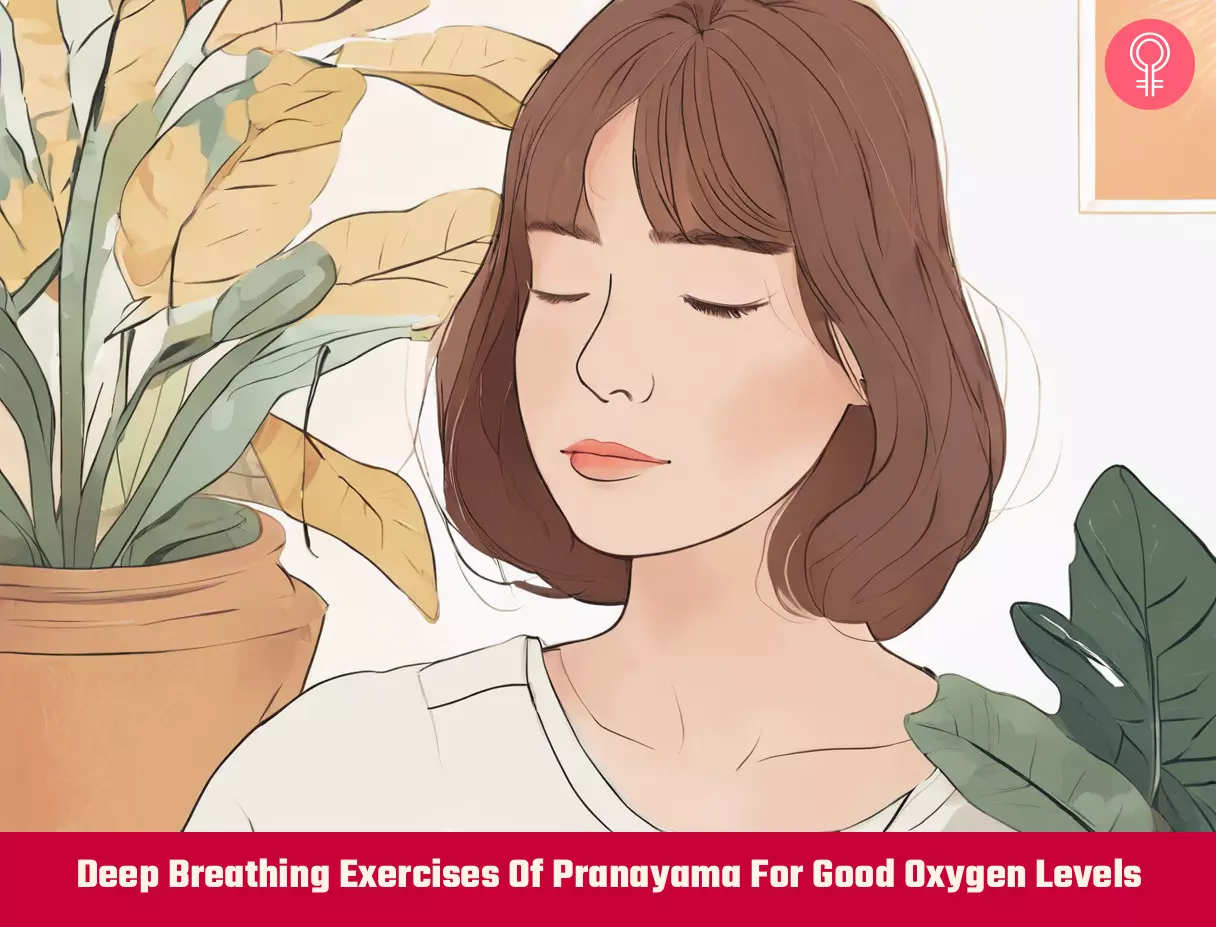
Image: Stable Diffusion/StyleCraze Design Team
Experience the power of this deep breathing technique! Dive into this video to learn how to relax and reduce stress with this simple yet effective practice.
Personal Experience: Source
StyleCraze's articles are interwoven with authentic personal narratives that provide depth and resonance to our content. Below are the sources of the personal accounts referenced in this article.
i. How Daily Breathwork Drastically Changed My Lifehttps://whatsarahlikes.medium.com/how-daily-breathwork-drastically-changed-my-life-9e24b9589d6b
ii. Five years of cold showers with Wim Hof
https://medium.com/lifehacking-notebook/five-years-of-cold-showers-with-wim-hof-49436761555b
Read full bio of Alana Kessler
Read full bio of Shirin Mehdi
Read full bio of Arshiya Syeda
Read full bio of Moksha Gandhi






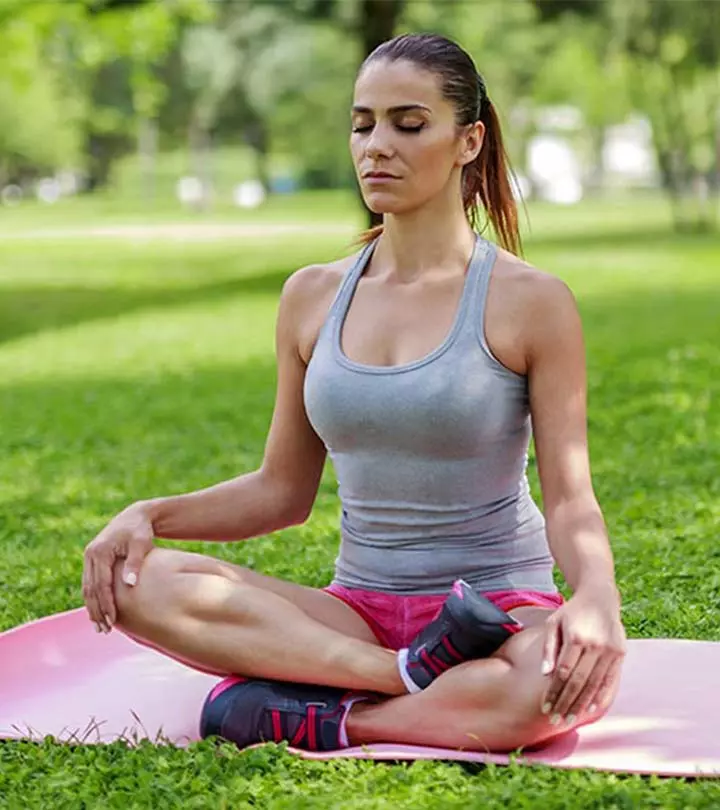
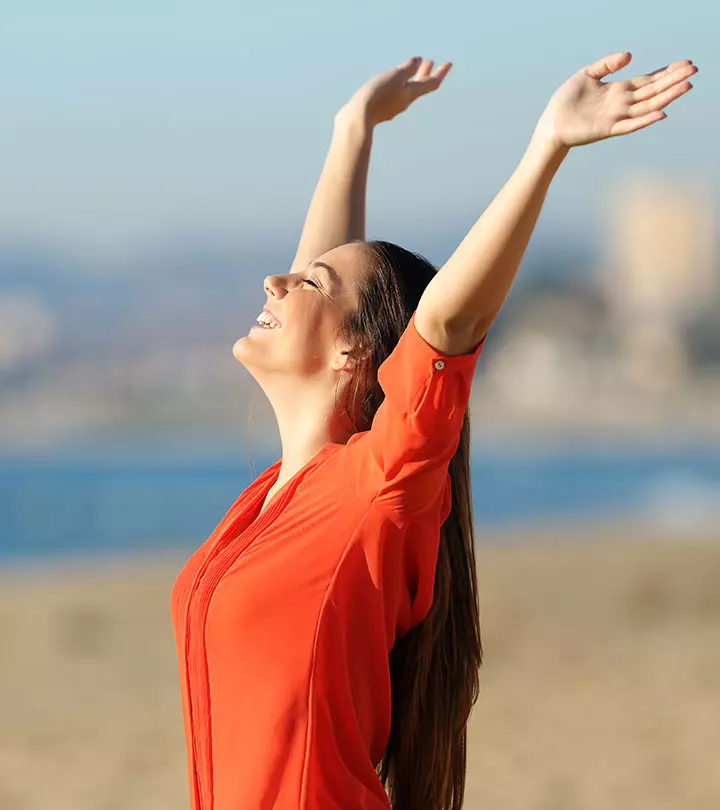
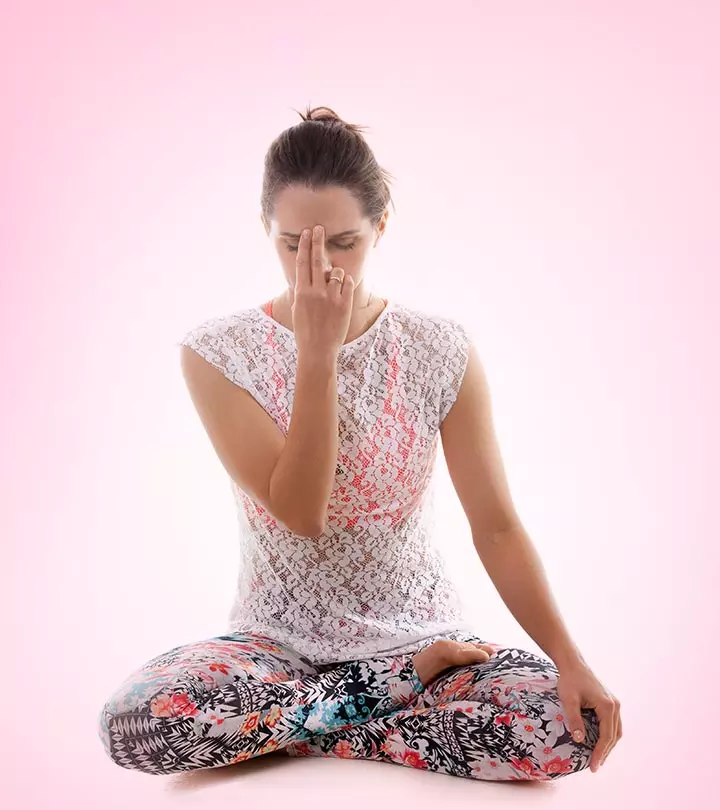
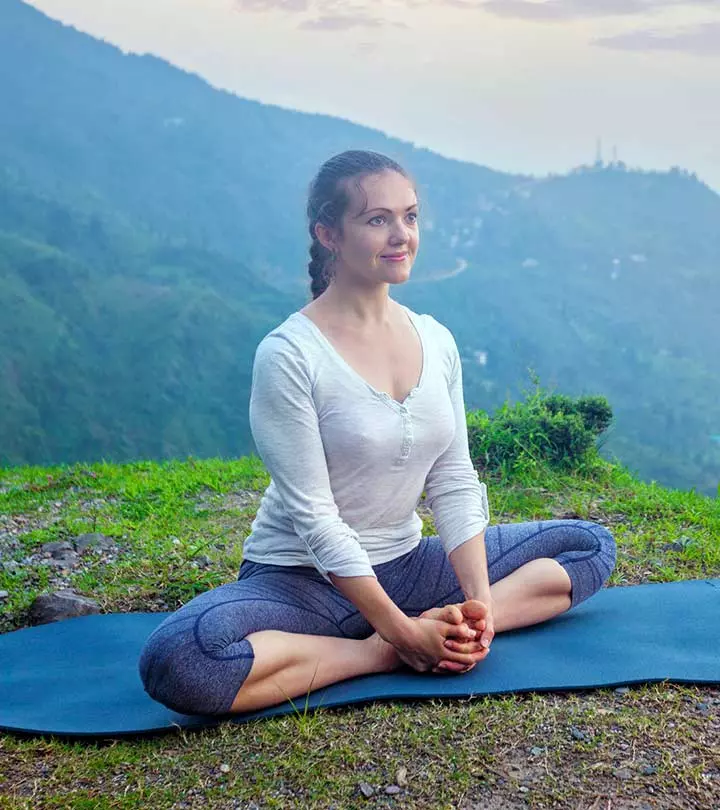
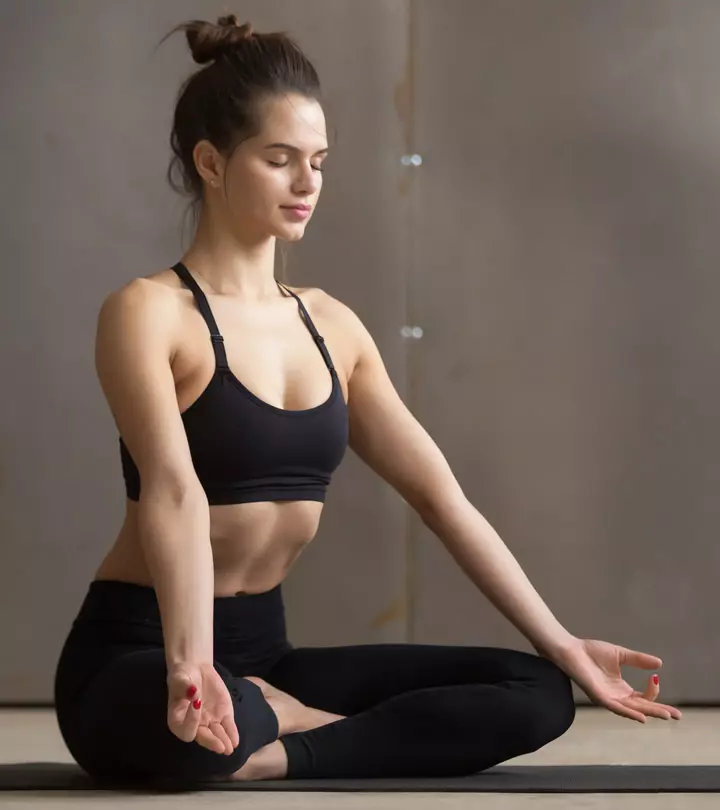
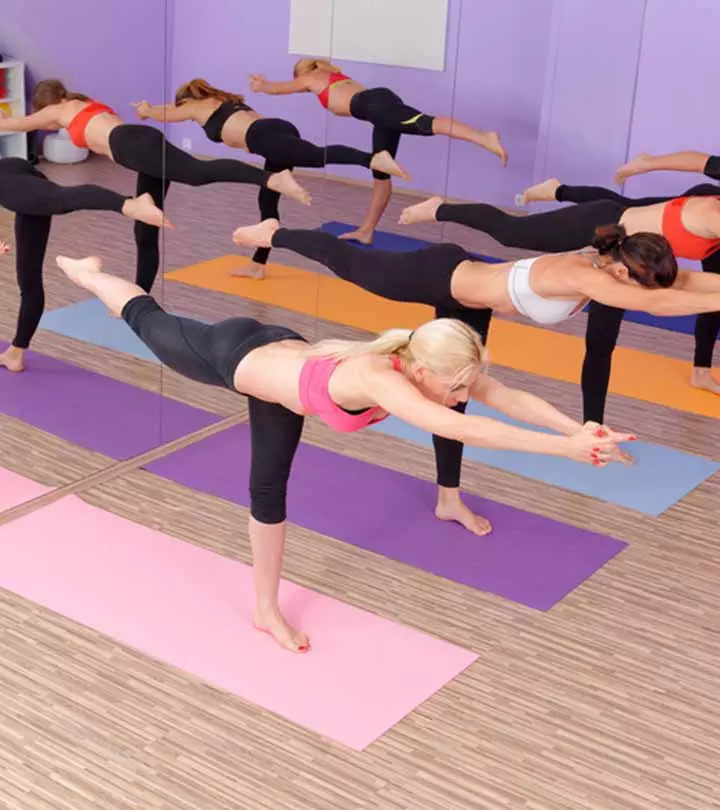

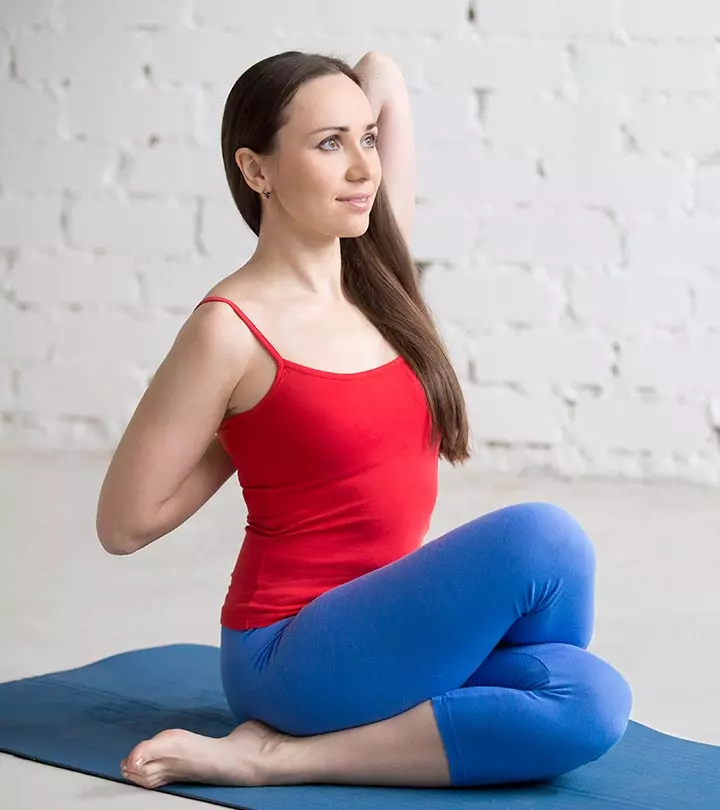

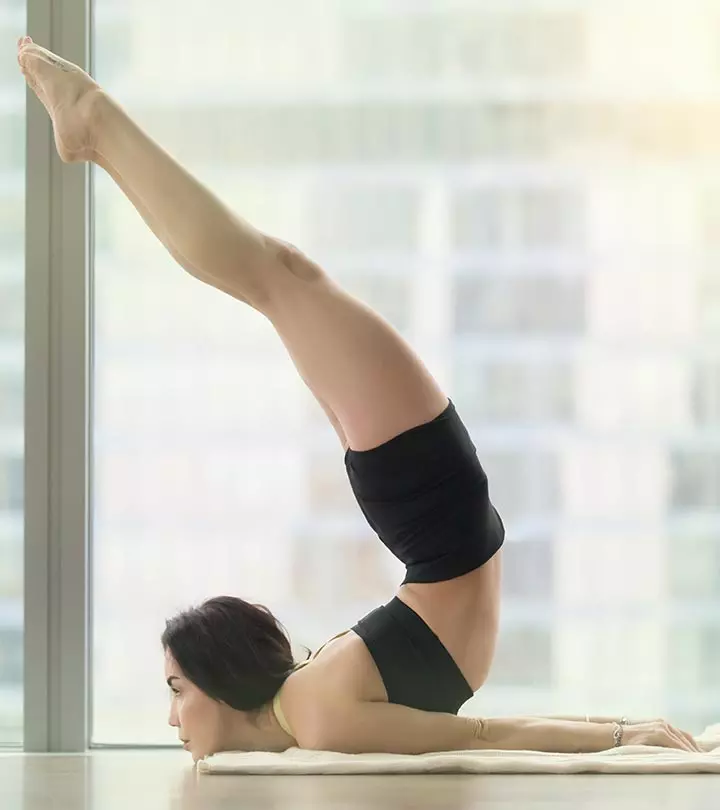
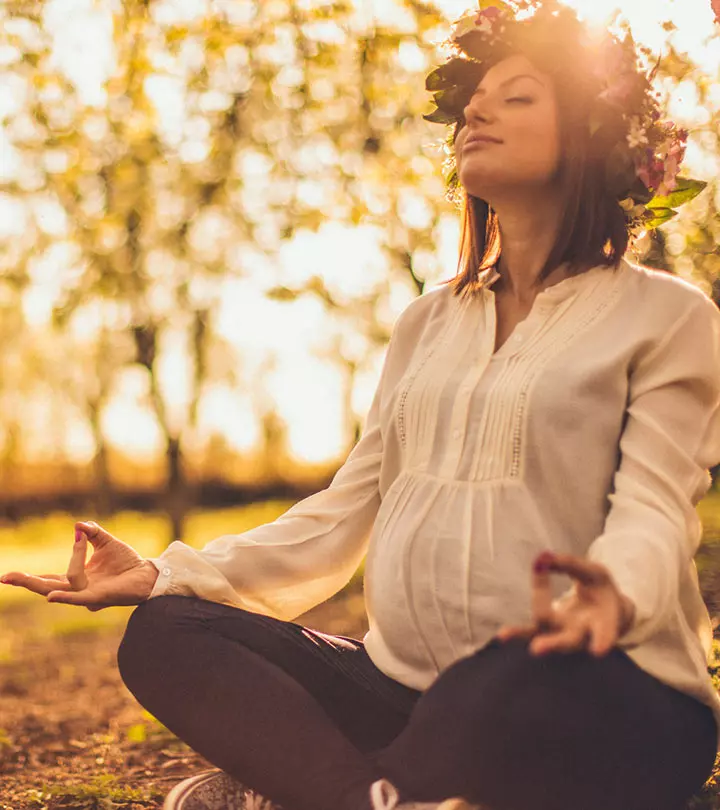


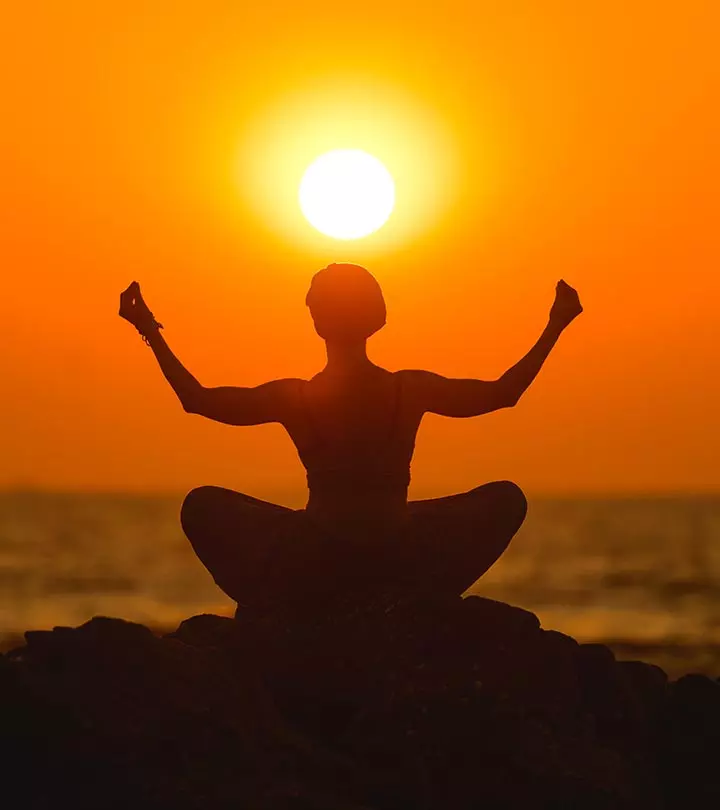
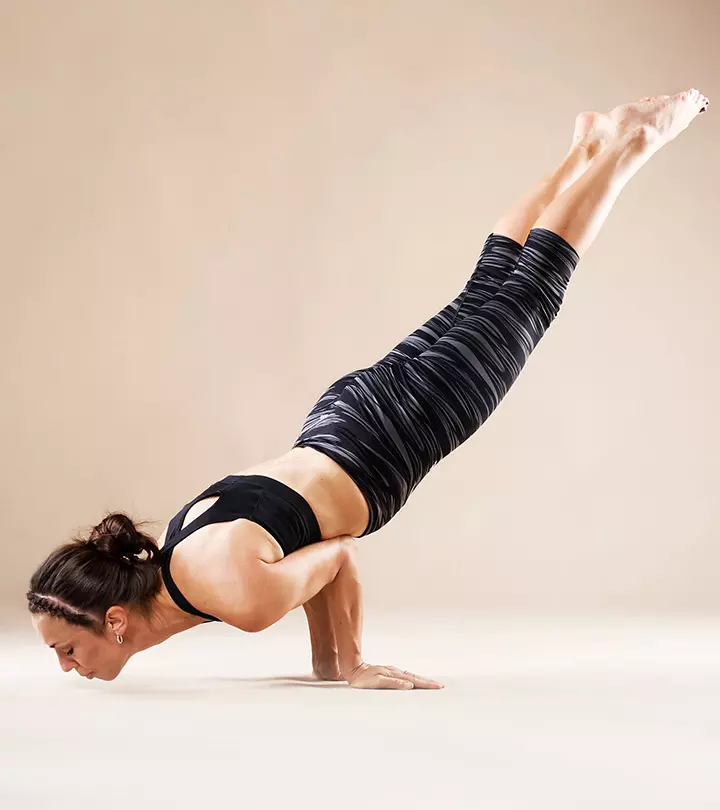
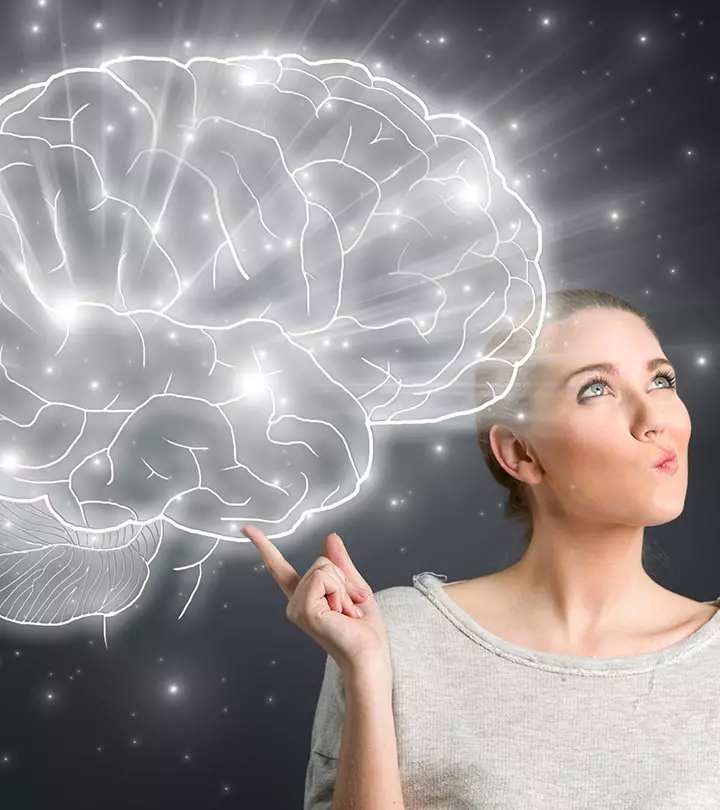
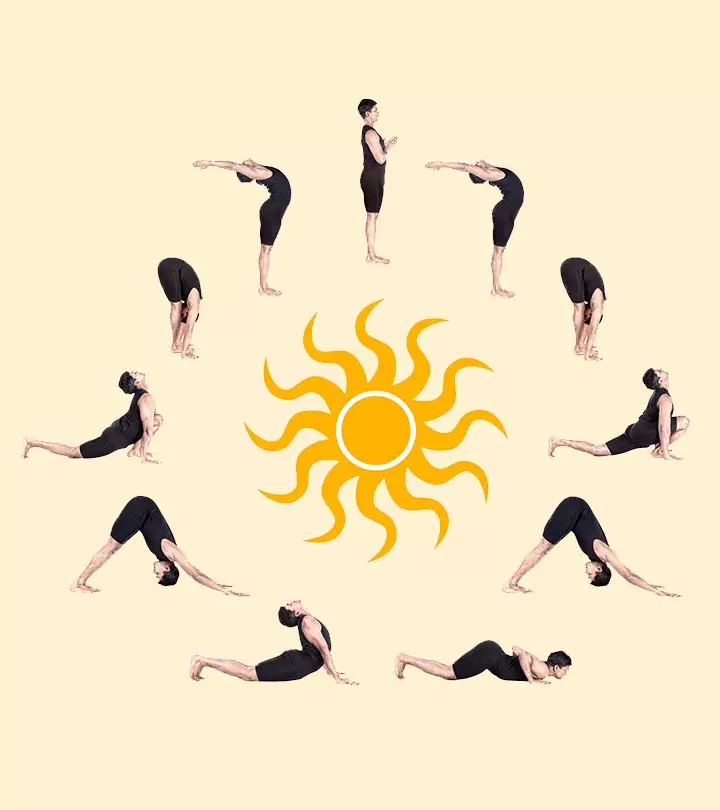

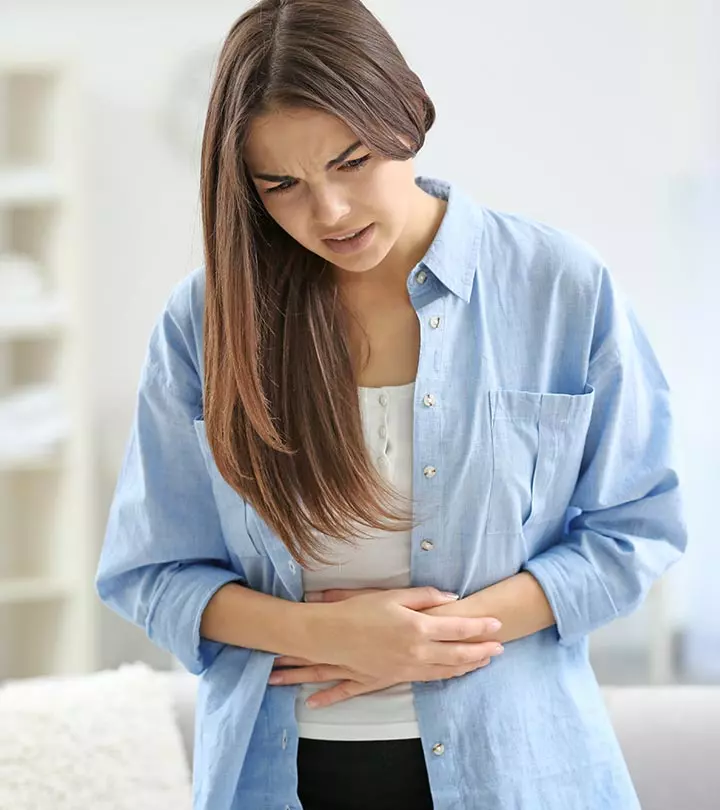
Community Experiences
Join the conversation and become a part of our empowering community! Share your stories, experiences, and insights to connect with other beauty, lifestyle, and health enthusiasts.